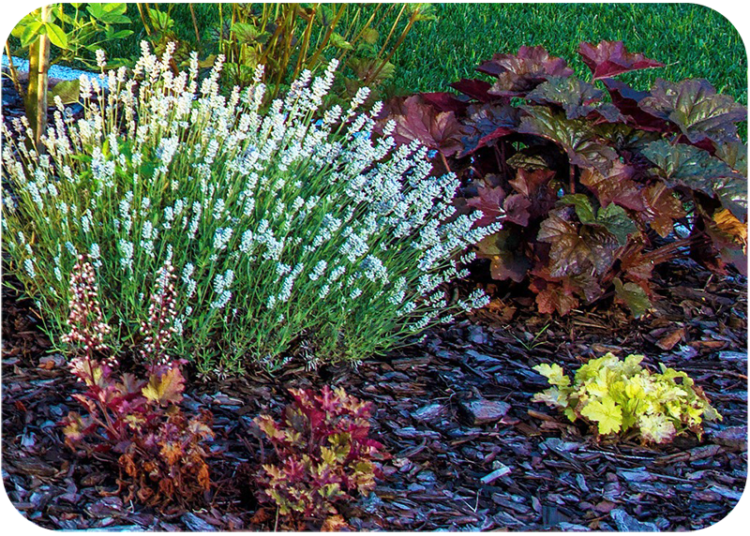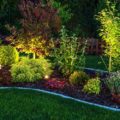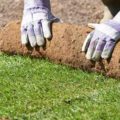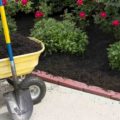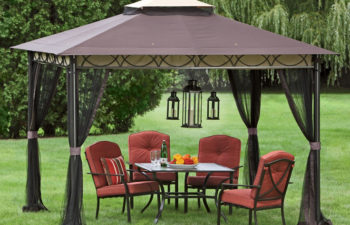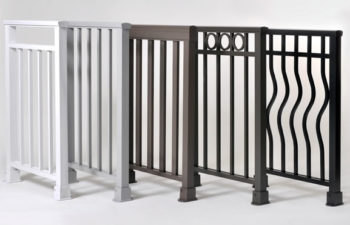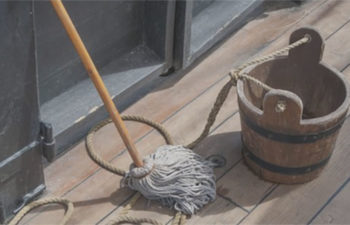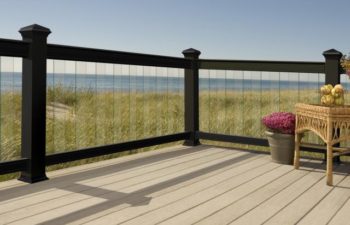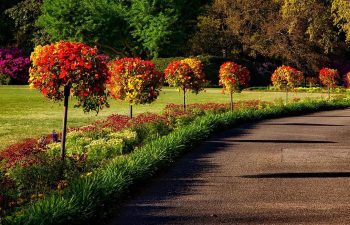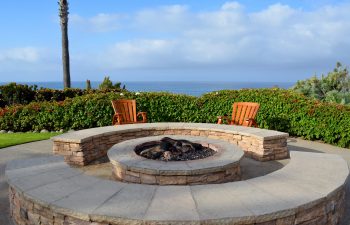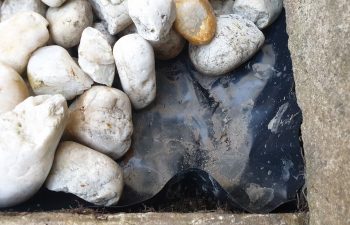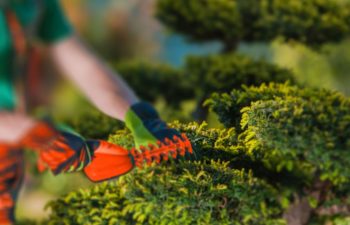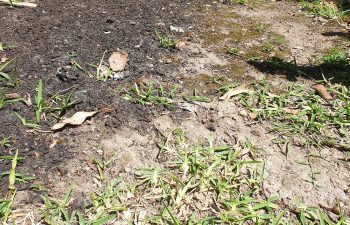If you’re looking to add some evergreen shrubs to your shade or shady landscape, you’ll be happy to know that there are plenty of great options available.
Some time back we decide to look for some fastest growing shrubs, as the dead area down the side of the house needed a revamp.
So we did a tone of research to find the best shrubs that would not suffer with little to no direct sunlight. Not only did these shrubs need to be hardy, grow fast in the shade, but needed to be evergreen as well.
What is Evergreen? Evergreen refers to shrubs, plants or trees that never shed their leaves in the winter. That is, stay green all year. A Christmas tree would be a good example of an evergreen.
Now that we are all on the same page here. Let’s make a checklist.
- Small shrubbery that does not grow to large
- Must be able to grow fast with little sunlight
- Should be an evergreen variety to look good all year round
In a Hurry? Here is the shortlist of Fastest Growing Evergreen Shrubs For Shade
So now we’ll take a look at some of the fastest growing evergreen shrubs for shade and shady landscapes. Without further ado, let’s get started!
8 Evergreen Shrubs that Grow Fast in the Shade
Blue Hydrangea
Hydrangea’s look beautiful in full bloom. This happens in late spring and early summer. Considered a low maintenance shrub, but can grow very quickly in the summer. The negative for us was they can grow very large. A dark blue or light blue Hydrangea can reach up to 15 feet or 4.5 meters.
With this height, they offer the ability to add good shade to your yard or garden. For us, that right there, make them not really suitable for our needs.
Let’s keep searching.
If the blue hydrangea suits you. Here are some more stats about this variety we gathered during our search.
More Facts About Hydrangeas
- Can grow in hardiness soil zones 3 to 7
- Easy to care for, just add water once a week
- Apply an organic mulch once in a while to improve the soil
- Fertilize once or twice a year.
Types of Hydrangea that can be grown in the United States.
- Oakleaf hydrangeas – thrive in warmer zones, like California or Texas.
- Bigleaf hydrangeas – grown in Zones 5 through 9.
- Panicle hydrangeas – easy to grow and are hardy to Zone 3.
- Smooth hydrangeas – grown in colder climates
Japanese Kerria (Kerria Japonica)
The Japanese Marigold has bright yellow flowers when in full loom during the early winter months. They like to grew in medium moisture or well-drained soil, moderately fertile, including loam, chalk and sand. Avoid heavy clay.
Most important for us, it’s a hardy plant that thrives in part or full shade. It can grow wildly if left unchecked, but if managed, it won’t get to big. The maximum spread is up to 3 meters. If you promptly remove unwanted suckers they can be easily contained.
That’s a ‘tick’ for for our list. Let’s keep searching.
Like us, if the Kerria Japonica suits you, check out some more stats about this variety.
More Facts About Japanese Marigolds
- Likes softer soils
- Generally pest and disease-free
- Apply an organic mulch once in a while to improve the soil
- Fertilize once or twice a year
Typicality used for hedges
- Great for shrub borders
- foundation plantings
- informal flowering hedge
- woodland gardens
- naturalized areas
Mountain Laurel (Kalmia Latifolia)
Kalmia latifolia, is usually called Mountain Laurel. It’s a very appealing broad leaf green and multi-stemmed shrub, that flowers brilliantly during spring.
The fact that it can be grown as a dense rounded shrub is very appealing to us. And only reaches up to 15’ tall. We love the cup like shape of the flower, with colors ranges from rose to white with purple markings inside.
I think we will give a ‘tick’ to the mountain laurel, it has all the points we are looking for.
Like us, if the Mountain Laurel suits you, check out some more stats about this variety.
More Facts About Mountain Laurel
- Can be grown it in rocky and sandy soils
- Easy to care for, just add water once a week
- Apply an organic mulch once in a while to improve the soil
- Fertilize once or twice a year.
Place it can be grown in the United States
- Native to Eastern North America
- New England
- South to Southern Indiana
- Louisiana
- Florida panhandle
- Know as the state flower of Connecticut
Witch Hazel (Hamamelis spp.)
Witch Hazel can grow tall and fast. As much as 15 to 20 feet tall. Best planted in a medium to average well-drained soil in full sun or part shade. It would prefer to be grown in full sun. Only a little pruning is required and only in early spring if necessary.
Because of the fast growing nature and the fact that it can get very tall, we ruled this our for our circumstances.
Lets keep searching.
Read more if you think witch hazel would suit you. Check out some more stats about this variety.
More Facts About Witch Hazel
- Likes softer well drained soils
- Generally pest and disease-free
- Likes full sun can handle part shade
- Apply an organic mulch once in a while to improve the soil
- Fertilize once or twice a year
- Prune in the spring
Pieris Japonica ‘Katsura’
Pieris japonica or ‘White Cascade’ is an anchor in springtime. Covered in snow-white blossoms, one can scarcely see the green foliage. It grows continuously through spring and summer. First, the leaves are wine-red color, then turn to green.
This is what we wanted. The growth can reach up to 4’ to 5’ high. Pieris ‘Katsura’ thrives in lime-free soil, humus-rich, well-drained soil. These shrubs make a stunning decoration to a Japanese themed garden.
This one sounds awesome. We will make a ‘tick’ for our shortlist.
Like us, if the White cascade suits you, check out some more stats about this variety.
More Facts About White Cascade
- Likes softer well drained soils
- Likes the cold weather
- Apply an organic mulch once in a while to improve the soil
- Fertilize once or twice a year
Typicality used to make a stunning decoration in a Japanese themed garden
Sweetshrub (Calycanthus floridus)
Oh… the smell. It has a beautiful fragrance that only gets stronger as it ages. The Eastern Sweetshrub makes a good shade out near the back door, in the garden. With its fragrance, the deep red flower that comes out in the spring and early summer makes this a highly desirable garden plant.
Sadly, not for our needs, because… this shrub can reach from 1.8 meters (6 feet) to 2.74 meters (9 feet) in height.
Lets keep searching.
Unlike us, if you want to check out some more stats about the Sweetshrub.
More Facts About Sweetshrub.
- Mixed soil: can thrive in moist and well-drained soils
- Requires regular watering
- Don’t let it dry out
- partial shade or full sun.
- Requires very little pruning
- Apply an organic mulch once in a while to improve the soil
- Fertilize once or twice a year
- The urn-shaped flowers and delightful bright foliage.
Aucuba Japonica
Usually known as a Spotted Laurel. It is an evergreen rounded, shade-loving, shrub of the Aucuba Japonica family. It can grow to six to ten feet and can sometimes to 15 feet tall.
This variety has a separate male and female plants. The female plant will produce red fruits if planted near the male plant.
You can propagate or transplant from stem cuttings or seeds. It can be planted as a houseplant in temperate climates or cold room temperatures between 50-65 degrees Fahrenheit.
This seems suitable, though might pose more work to look after the the previous species. Will add that as a ‘tick’ to our list.
Like us, if the Spotted Laurel suits you, check out some more stats about this variety.
More Facts About Aucuba Japonica
- Likes softer soils well drain moist
- Full sun or part shade
- Generally pest and disease-free
- Apply an organic mulch once in a while to improve the soil
- Fertilize once or twice a year
Needle Palm
The Needle palm, is a shrubby, clumping, trunkless, fan palm. It can grow in partial or full shade, and doesn’t get that big. Usually up to 3 feet (1 meter) to 6 feet (1.8 meters) tall and as wide.
Leaves are evergreen. Flowers are usually hidden by the foliage. The fruit has a reddish-brown drupe color. The name comes from the Greek rhaphis meaning needle and phyllon meaning leaf.
I like this one. Will add that to the list as well.
Like us, if the x suits you, check out some more stats about this variety.
More Facts About the palm
- Likes softer soils
- Generally pest and disease-free
- Apply an organic mulch once in a while to improve the soil
- Fertilize once or twice a year
Place it can be grown in the United States
- Commonly found in southeastern U. S.
- including South Carolina
- Georgia
- Florida
- Alabama
- and Mississippi
Beautify with Evergreen Shrubs
Planting evergreen shrubs can add a touch color to your garden landscape. So it’s best to pick a shrub with foliage that fits your intended color scheme
If you happen to live in a temperate area, a good way to do that is with flowering shrubs. These tend to have a short blooming period. But when they are done flowering, you will still be left with green foliage for the remainder of the year.
Evergreen shrubs, whether Needled or Broad leaf, will vary in temperament. Some will do well in the sun, but others will hate it. We want to find the ones that will thrive in part shade or full shade.
What is Shade? Shade is defined as a section in your garden that does not get much/any sunlight. Part shade is it gets some sunlight during the day. Full shade means it gets no ‘direct’ sunlight during the day.
How to Choose Evergreen Shrubs
Many types of flowering shrubs, don’t do well in full shade. So you will need to choose the correct shrubs for either, part shade or full shaded area.
Consider the soil conditions — (hardiness, light) Do you know the soil type for space we are planting in?
Consider the foliage. The evergreen shrub could have either cone-bearing or the needle-like foliage. Like spruce, pine, arborvitae or juniper. Or they can have leaf-like foliage. Like boxwood and rhododendron.
Planting and caring for evergreen shrubs takes effort and a good sum of money. So make the best decision your garden or yard type.
Most Common Questions
When should I trim my evergreen bushes?
Prune your evergreen shrubs, such as Yew and juniper, in early spring before their new growth begins. (less so in summer) Don’t prune evergreen shrubs in the fall.
How can I tell what kind of evergreen shrub I have?
You can tell by the leaves. They either have “scale-like” needle leaves or fan-like flattened branchlets that sprout from a single stem. Hinoki cypress or false cypress or Arborvitae, are the most popular evergreen shrubs with the shape of scale-like leaves.
Can a brown evergreen come back?
Either broad-leafed or needled varieties can have the appearance of brown early in the spring months. Depending what happen during winter. Trim it back, most brown evergreens will bounce back as spring progresses.
Which do you choose? Tell us in the comments or on our contact form. We would love to hear what you think for your needs.
